
Assassin’s Creed: Unity – A Glittering Facade Hiding a Flawed Foundation
Contents
Assassin’s Creed games typically see annual releases, and 2014 was no different, except Ubisoft doubled down with Assassin’s Creed: Rogue and Assassin’s Creed: Unity. While Rogue catered to older consoles, Unity, built for the next generation and PC, carried immense expectations. This ambitious project, developed by nine Ubisoft studios, promised a revolution. However, a plethora of issues marred its launch, impacting not only Unity but subsequent Ubisoft titles like Far Cry 4 and The Crew. This article dives deep into the strengths and weaknesses of Assassin’s Creed: Unity, exploring what went wrong for this promising title.
A Visual Masterpiece
The Assassin’s Creed series has always excelled at recreating sprawling cities. Unity takes this to new heights, leveraging the upgraded AnvilNext engine to render a 1:1 scale model of 18th-century Paris. Iconic landmarks like Notre-Dame de Paris, the Louvre Museum, and the Bastille are painstakingly detailed, allowing for extensive exploration both inside and out. The engine also enhances features like weather effects, day-night cycles, lighting, and character animations, contributing to the game’s stunning visuals and next-gen feel.
Beyond the grandeur of its monuments, Unity captures the stark contrast between opulence and squalor that characterized 18th-century Parisian life. The streets teem with NPCs engaged in various activities: conversations, dancing, singing, drinking, protesting, and even brawling. One scene reportedly features thousands of NPCs simultaneously, a feat rarely achieved in action games outside of Hitman: Absolution. This bustling depiction of Paris, where elegance coexists with poverty and order clashes with chaos, truly immerses the player in the era.
 alt
alt
 alt
alt
Refined and Expanded Gameplay
Unity builds upon the strengths of its predecessors while refining underutilized features. Glyph hunting evolves into the “Nostradamus Enigma” missions, while deciphering hidden symbols transforms into the “Murder Mystery” investigations, reminiscent of the engaging puzzles from Assassin’s Creed 1 & 2. The companion app, Assassin’s Creed: Unity Companion, complements the main game by offering “Glyph Puzzles” and “Nomad Missions.” Completing these tasks unlocks items, currency, and outfits for Arno in the main game. This integration adds a new layer of gameplay, although the app’s inclusion of in-app purchases feels opportunistic.
 alt
alt
Treasure chests are now categorized by color: red, blue, and gold. Red chests require Arno’s lockpicking skills, blue chests necessitate the companion app, and gold chests are linked to Assassin’s Creed: Unity Initiates, which rewards repetitive in-game actions like combat, stealth, and free-running.
The introduction of cooperative gameplay (Co-op) marks another first for the series. Replacing traditional multiplayer, Co-op allows four players to tackle story-driven side missions and heists together. However, the most significant gameplay change is the removal of the “chain-kill” mechanic. This change forces players to adopt a more tactical approach, making combat more challenging and demanding. Enemies are smarter, coordinate attacks more effectively, and deal damage faster, reminiscent of the first game’s combat difficulty.
 alt
alt
 alt
alt
Unity also incorporates RPG elements, requiring players to unlock abilities like double assassinations, smoke bombs, and improved firearm skills. This encourages players to invest more time in the game, making missions more meaningful and Arno’s progression as an assassin feel more earned.
A Shallow Narrative and Plot Holes
The Assassin’s Creed series is known for its historical settings, intriguing characters, and the overarching conflict between the Templars and Assassins, all interwoven with a compelling science fiction narrative involving an ancient alien civilization. Unity, however, largely abandons these elements, focusing instead on a Romeo and Juliet-esque love story between Arno Victor Dorian and Elise.
While Arno initially shows promise, his character arc is undermined by his emotional fragility and dependence on Elise. The supporting characters are equally underdeveloped, lacking the impact of those from previous entries. The main antagonist lacks sufficient screen time to establish a compelling presence, and the ease with which key figures on both sides of the conflict are eliminated feels unearned.
 alt
alt
The focus on the romance sidelines the core strengths of the series: the Templar-Assassin conflict, the interplay between present and past timelines, and the mystery surrounding the ancient alien civilization. Crucial questions are left unanswered, such as Arno’s present-day identity and the significance of the ancient artifacts.
The French Revolution, a central element of Unity‘s setting, is disappointingly underutilized. The promised epic portrayal of historical events, like the storming of the Bastille, is reduced to brief glimpses. This feels like a missed opportunity to deliver the engaging narrative Unity deserved.
A Plague of Bugs and Illogical Elements
Unity‘s biggest downfall is its technical issues. The ambitious scope of the game, combined with the high NPC density and demanding graphics, pushed the AnvilNext engine to its limits, resulting in numerous bugs. Frame rate drops, clipping issues, animation glitches, and environmental inconsistencies plagued the game at launch.
 alt
alt
Beyond the narrative flaws, Unity suffers from illogical gameplay elements. The World War II sections feel disjointed, with Arno existing in a desolate environment inexplicably populated by enemy soldiers and fighter planes. The integration with the companion app for unlocking blue chests is poorly explained. Despite blending into crowds, Arno is often detected by enemies from improbable distances. The sheer number of NPCs, while visually impressive, adds little to the gameplay experience. Their interactions with the player are limited, offering little more than superficial reactions.
Conclusion
Assassin’s Creed: Unity represents a missed opportunity. While visually stunning and boasting refined gameplay mechanics, its shallow narrative, technical issues, and illogical elements prevent it from reaching its full potential. The game’s ambitious scope ultimately became its undoing, overshadowing its strengths and leaving players with a sense of unfulfilled promise.
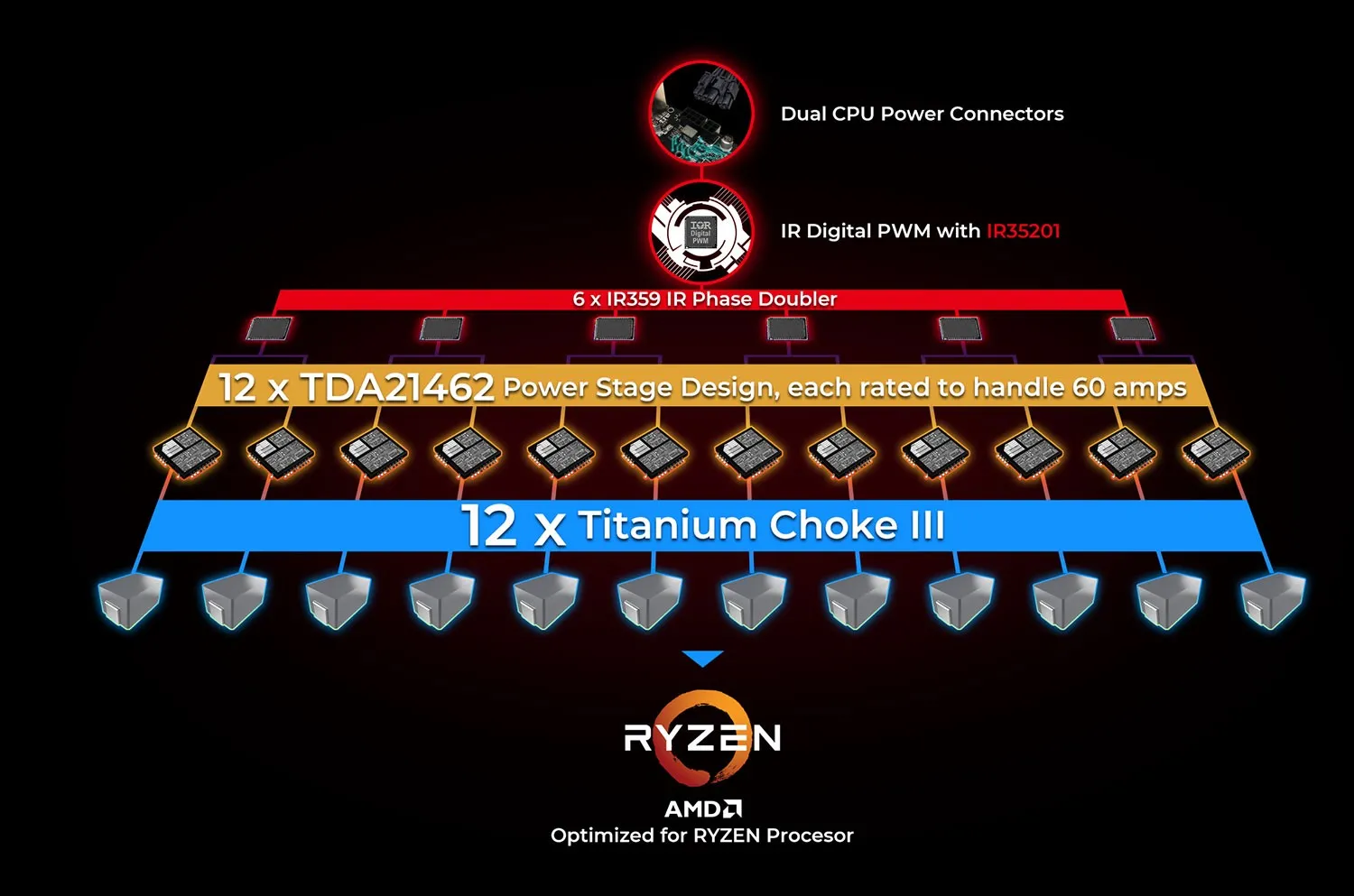
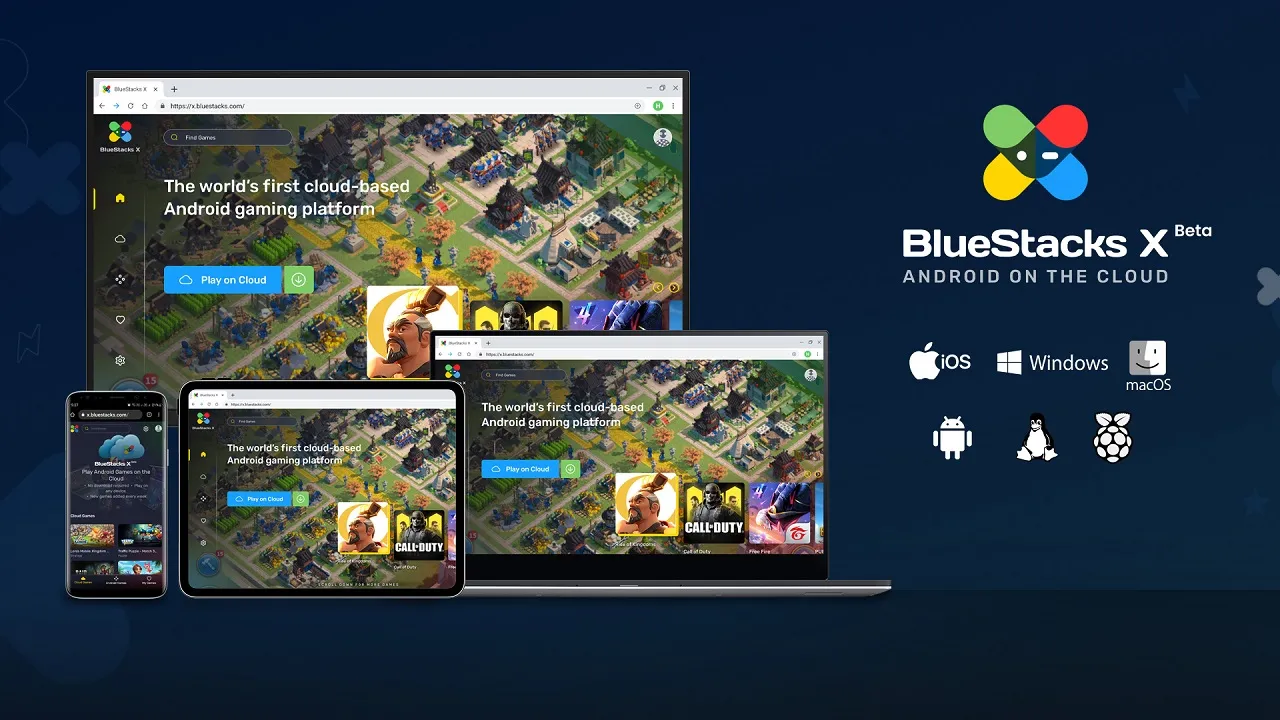
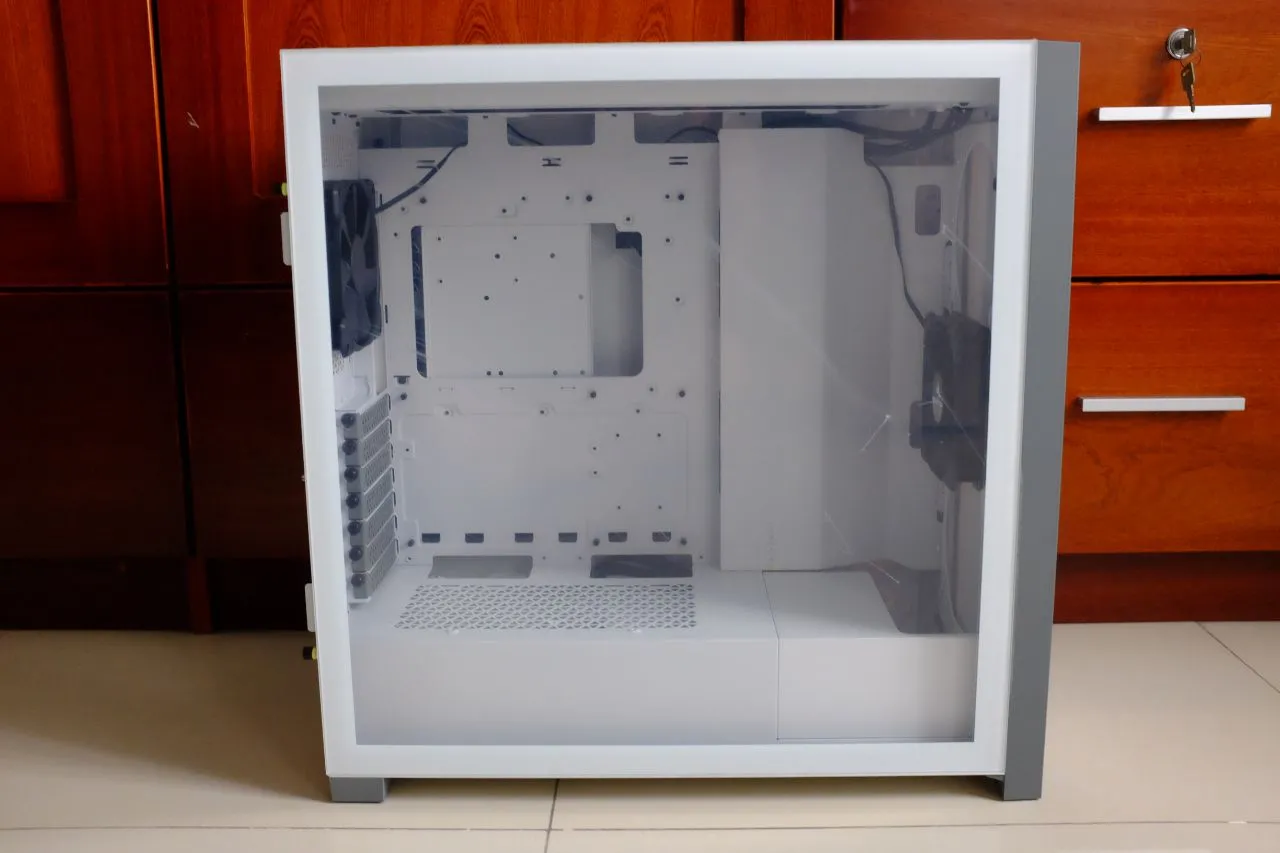
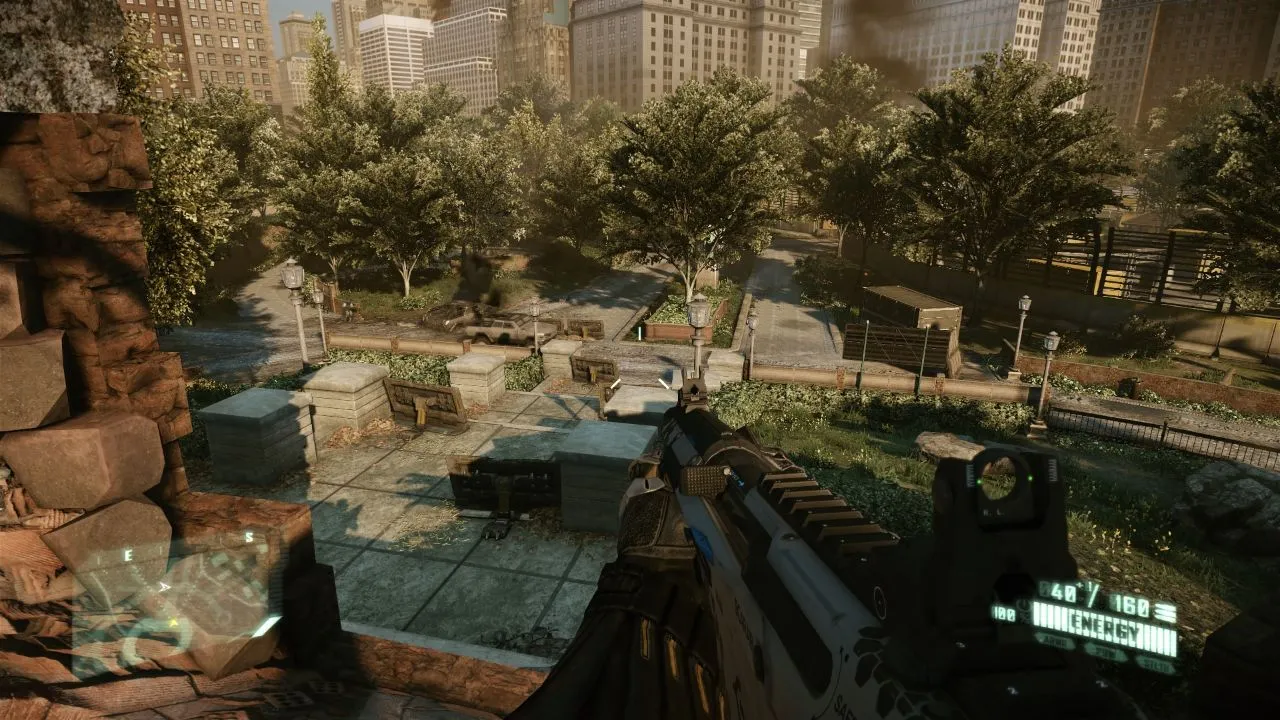
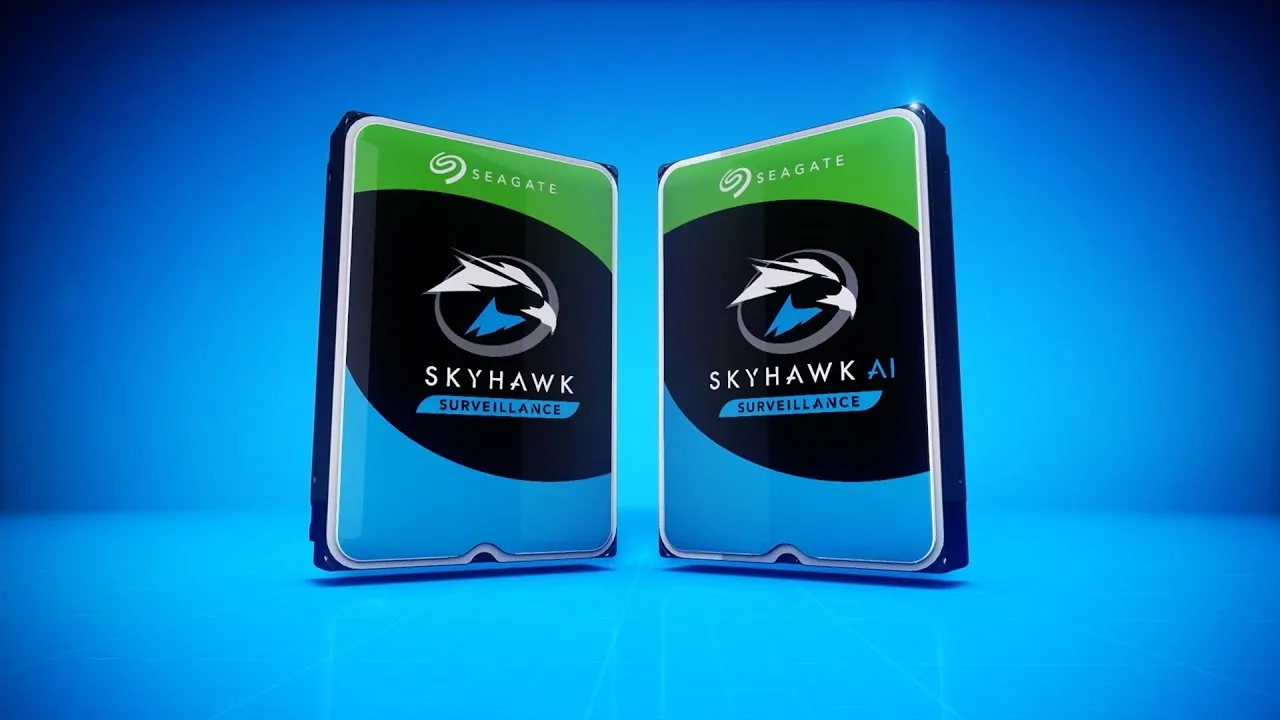
Comments (0)